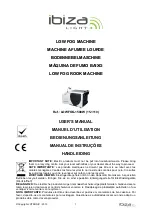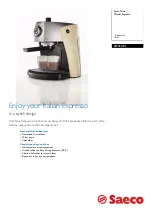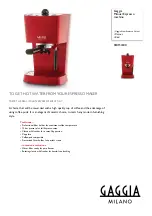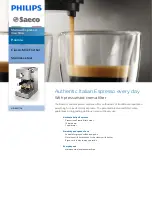
88
UTILITY STITCHES
— — — — — — — — — — — — — — — — — — — — — — — — — — — — — — — — — — — — — — — — — — —
Scallop stitching
The wave-shaped repeating pattern that looks like
shells is called “scalloping”. It is used on the collars of
blouses and to decorate the edges of handkerchiefs.
1
Attach monogramming foot “N”.
• For details, refer to “Replacing the presser
foot” (page 33).
2
Select stitch
21
.
• For details, refer to “Selecting stitching”
(page 56).
3
Stitch along the edge of the fabric, making sure
not to sew directly on the edge of the fabric.
• For better results, apply spray starch to the
fabric and press with a hot iron before it is
sewn.
4
Trim along the stitches.
• Be careful not to cut the stitches.
Smocking
The decorative stitch created by stitching or
embroidering over gathers is called “smocking”. It is
used to decorate the front of blouses or cuffs.
The smocking stitch adds texture and elasticity to
fabric.
1
Attach zigzag foot “J”.
• For details, refer to “Replacing the presser
foot” (page 33).
2
Select the straight stitch, and then adjust the
stitch length to 4.0 mm (3/16 inch) and loosen
the thread tension.
• For details, refer to “Adjusting the stitch
length” (page 48) and “Changing the tension
of the upper thread” (page 46).
3
Sew parallel stitching at intervals of 1 cm
(3/8 inch).
1
1 cm (3/8 inch)
• It is not necessary to sew reverse/
reinforcement stitches.
• At the end of the stitching, the thread is
pulled out about 5 cm (2 inches).
4
Pull the bobbin threads to create gathers.
Smooth the gathers by ironing them.
J
1
Summary of Contents for Tempo BLTP
Page 1: ......
Page 56: ...54 SEWING BASICS ...
Page 94: ...92 UTILITY STITCHES ...
Page 111: ......
Page 112: ...New F0_Tacony_cover ...
















































